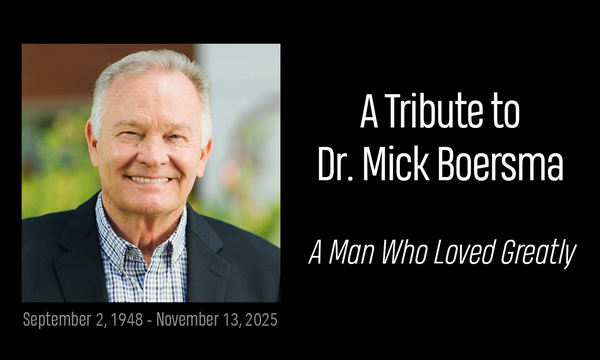How is there both unity and diversity in reality? Why is there both change and sameness over time?
According to Frederick Copleston, in his massive ten-volume A History of Philosophy, these questions relate to the first philosophical issue people wrestled with, which is often called the problem of the one and the many. In the 5th and 6th centuries B.C., Greek philosophers wanted to know what accounted for both the unity and diversity within nature and so they began to offer various theories for ultimate reality.
According to Copleston: “We can already discern in them [ancient Greek philosophers] the notion of unity in difference and of difference as entering into unity” (21). Various philosophers differed over what they believed accounted for the unity of all things, but they agreed there must be some unifying element. Thales believed primary reality was water, Anaximenes claimed it was air, Pythagoras thought it was numbers, and Heraclitus argued for fire.
These philosophers were certainly on the right track in attempting to account for both unity and difference. If you think about it, our world consists of both. For instance, there is a family (unity) that is made up of many members—parents, siblings, aunts, grandparents, etc. (diversity). The United States is one country (unity) that is made up of many states (diversity). A team has many players. A company has many workers. And a body has many parts.
Even the word “university” is the combination of two words—unity and diversity. Most universities in America were founded to teach a variety of subjects (diversity) under the umbrella of the Christian worldview (unity).
Any adequate worldview must be able to account for both the unity and diversity found within reality. Consider a few examples. In Islam there is unity, since Allah is one person (unitarian). But there is no diversity until Allah creates. In pantheism there is also unity but only questionable diversity since all is “one” and distinctions are artificial. Atheism can account for diversity within the universe but only questionable unity.
For Christians, the problem of the one and the many is solved in the character of God Himself—there is a unity of essence and a diversity of persons who share that divine essence. The word “Trinity” was actually coined to help explain both the three-ness in God (diversity) and the one-ness (unity). The standard definition of the Trinity is that there is one God who eternally exists as three persons.
The definition of the Trinity was not invented to solve the problem of the one and the many. Rather, the doctrine of the “Trinity” was formulated to accurately represent three truths Scripture reveals about God: (1) there is one God, (2) the Father, Son, and Holy Spirit are each divine, and (3) the three persons are distinct from each other. Given these biblical truths, early Christian writers, such as Tertullian, began to speak of God’s character as triune.
There is certainly a mysterious element to the Trinity. After all, we are speaking about the character of an all-knowing, all-powerful, self-existent, and perfectly good Creator. If we could fully understand God’s character, or give a perfect analogy from creation, then I would suspect it might have been invented.
The Trinity unquestionably goes beyond rationality, but it is not irrational or contradictory. Rather it is a beautiful teaching that helps explain some of the first, and most important philosophical questions people have encountered.
You can find the original version of this article on Sean McDowell's blog.
 Biola University
Biola University


.jpg)
.jpg)